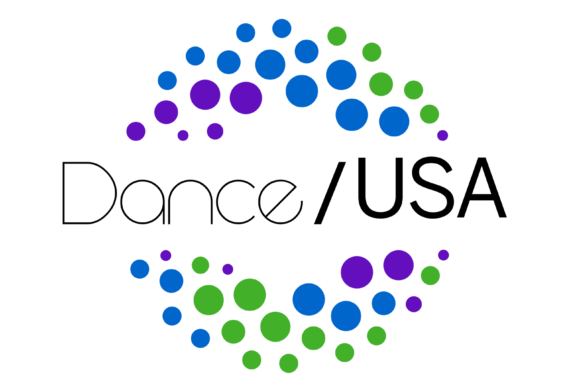Raven Wilkinson: 2015 Dance/USA Trustee Awardee
Raven Wilkinson helped change the complexion of the classical ballet world. Notable as the first African-American ballet dancer in a major American ballet company, Dance/USA remembers her as a groundbreaker.
Michael Kaiser: Exit Interview, part 2
Michael Kaiser, the outgoing president of the John F. Kennedy
Center for the Performing Arts in Washington, D.C., talks
candidly about the state of the dance field, funding, American dance
abroad,
challenges and perceptions, and his love of baseball and baking. In
September 2014, he leaves the Kennedy Center to bring the DeVos
Institute of Arts Management to University of Maryland
joining the College of Arts and Humanities’ Clarice Smith Performing
Arts Center, a leading national arts incubator. This is the second part of his conversation with Dance/USA.
What We Talk About When We Talk About Race, Part Two
Too many of the mainstream narratives about race in the United States
are stuck in mid-twentieth-century paradigms of black vs. white. The
classic archetypes of the oppressor and the oppressed make for good
movies, but the racial groups that feature in conversations about race
today are insanely reductive visions of reality. Read on for more on this provocative topic.
What’s On the Legislative Docket This Fall That Dance Organizations Should Know
This fall, Congress faces looming decisions around the budget and the
debt ceiling, while also working on such big issues as tax and
immigration reform and the reauthorization of the Elementary and
Secondary Education Act (ESEA), also known as No Child Left Behind.
Additionally, sequestration was not a once-and-done deal, but part of a
10-year plan to reduce the deficit and this will very much impact
appropriations.
As one of the core services offered to members,
Dance/USA actively advocates for and lobbies on behalf of the issues
that create an impact on the field of dance. Read on for more.
Building Bridges for Ballet’s Future
What does it take to create a great community outreach dance program at a ballet organization? Some key ingredients include: community need, planning and preparation, good timing, strong program leadership, local funding, a committed community partner, organizational buy-in, engaging curriculum, dedicated instructors, and interested program participants. Read on for former Ailey dancer April Berry’s report on how model ballet programs are built and sustained.
Conference 2013 Report: From Racial Equity to the Future of Dance
From crucial networking sessions for artistic and executive directors to
share programming hits and budgetary misses to paperwork how-to’s for
grants and insurance, to sustaining partnerships and forging bonds in
the community, Dance/USA’s 2013 Annual Conference held June 12-15 in
Philadelphia reflected the wide spectrum of interests and issues
confronting the organization’s members. Read on here for Karyn D. Collins’ report.
Diversifying Arts Institutions, Exploding the Canon, and Educating the Next Generation
Get to know Aaron Dworkin before he gives the opening plenary on Thursday, June 13, 2013, at 9:30 a.m. at Dance/USA’s 2013 conference.
Where Have All the African American Audiences Gone for Concert Dance?
Many professional dance companies in major U.S. cities dream of having
more African American audiences for their work. Reality sets in as
artistic and administrative staff look out over the crowd and wonder
where all the African Americans audiences have gone. Sure there are a
few people of color scattered among the sea of dance lovers, but not
nearly enough to fulfill the dance field’s collective desire for more
racially diverse crowds.
Two Shoes, Same Foot: Vernacular Dance & Concert Dance
Does concert dance happen in a concert hall? Master Juba or William Henry Lane performed in
theaters and halls across the United States in the mid-19th century. Does “concert dance” imply
some level of professional commitment or success? Lane, a black percussive dancer, toured
internationally, receiving top billing over his all-white
minstrel troupe. Does “concert dance”
suggest some level of peer review or development of craft? Percussive dancer Emily Oleson ponders these issues and others. Read on.



What We Talk About When We Talk About Race, Part One
Art and arts organizations are not capable of solving racism on their
own. It’s not that the arts have nothing to say about race or that
diverse cultural expressions aren’t important, but in the absence of a
clear and shared understanding of the underlying factors that perpetuate racism,
I fear that arts-centric interventions can all too often end up being
little more than a band-aid – a way to reassure ourselves that we’re
doing something important and valuable when in reality we’re really
having very little impact at all. I believe that the sooner we as a
field start framing our efforts not around “what can we do as artists
and arts administrators to promote diversity?” but rather “how does
racial injustice manifest today, what are its root causes, and how can
we as human beings most effectively be part of the solution?” the
sooner we’ll actually have something to be proud of.